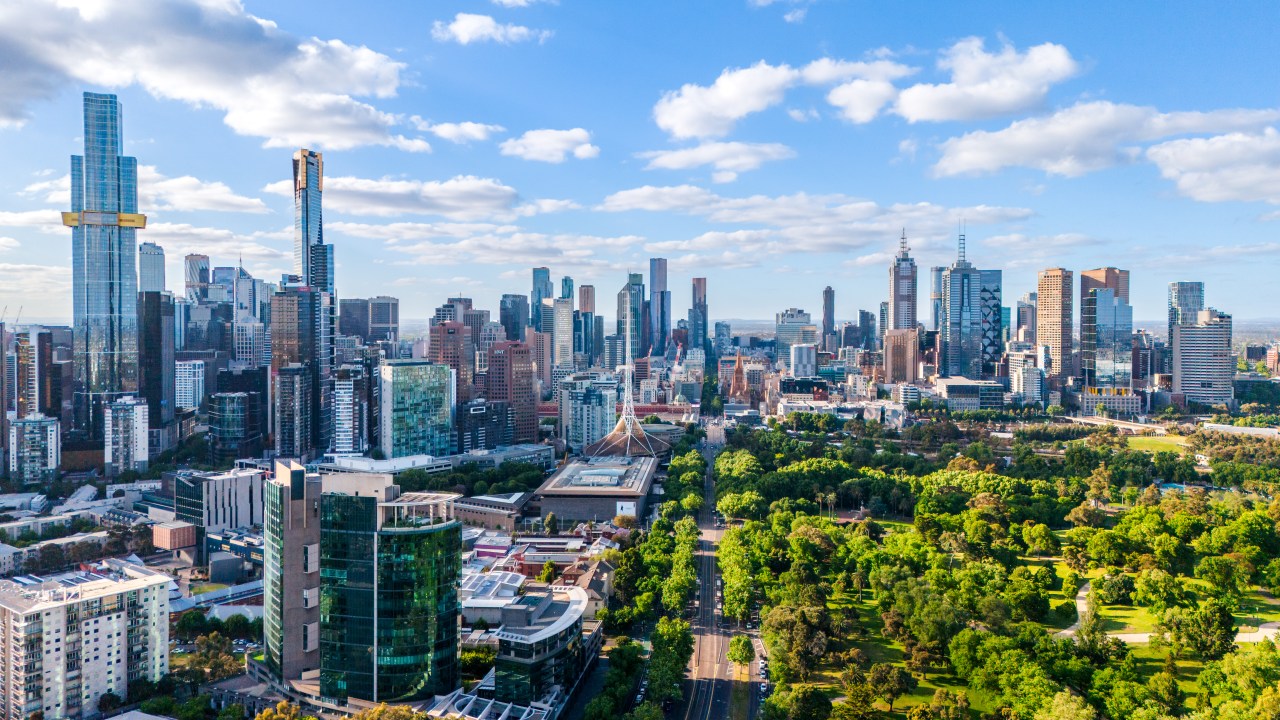Weakness in the jobs market has plagued Victoria as the state slumped from second to fourth place in a fresh report that measures each states’ economic activity.
CommSec on Monday released its latest State of the States report which monitors each state or territory’s economy through eight indicators and compares this against averages over the past decade.
The report found Victoria was the second-best state for retail spending but was held back by weakness in relative unemployment – which is the state’s jobless rate compared to the decade average.
Victoria’s relative unemployment rate is 10.3 per cent less than its decade average as the nation’s jobless rate continues to hover near historic lows.
It ranked above NSW (8.8 per cent below average) and the ACT (6.7 per cent below average) amid a slump in public spending and weak business investment.
Tasmania was the best for relative unemployment, sitting almost 30 per cent below the average, while Queensland, South Australia and Western Australia and the Northern Territory all sat between 20 and about 25 per cent below the average.
Meanwhile, Victoria ranked third for construction work and economic growth and reported one of the highest population growths.
The state also dipped from third to fifth in CommSec’s analysis of the annual growth rate despite above-average net overseas migration.
It follows the state rising from fourth to second in the April report.
Western Australia was ranked the best state in the report for the fourth quarter in a row, with a strong performance across an array of categories securing it the top spot, according to chief CommSec economist Ryan Felsman.
“Western Australia led across several economic measures, taking first place in retail trade, housing finance, and business investment,” Mr Felsman said.
“Meanwhile South Australia ranks first on two indicators – construction work and dwelling starts.
“Overall, the economic performance of Australia’s states and territories is being supported by a combination of slowing inflation, falling interest rates, rising real wages, robust government spending and a solid labour market.
“But economic growth has moderated, held back by slowing public investment, population growth and household spending.
“The future path will depend on the resiliency of the job market, further interest rate cuts and US President Donald Trump’s trade policies.”
Australia’s economic growth will be the subject of an upcoming roundtable where leaders representing business, unions and government will meet.
The nation’s lagging productivity, which sits near historic lows, and tax system will also come under the microscope.

